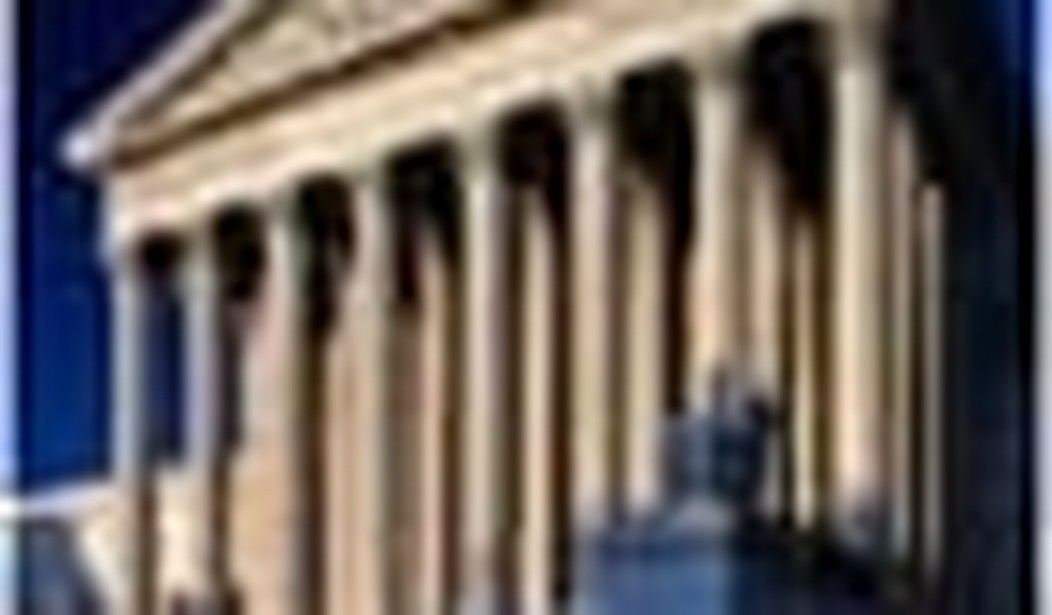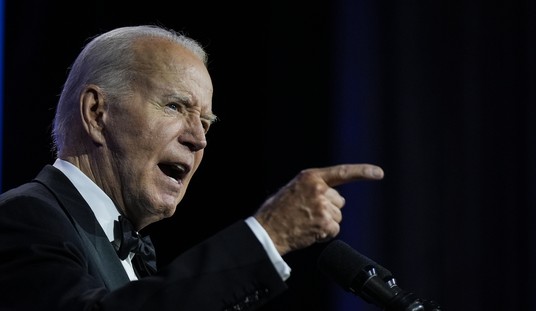If you want the best possible example of the gap between the original intent of the Constitution and what the Supreme Court has misinterpreted the Constitution to mean, it would be difficult to find a better example than the First Amendment’s “Congress shall make no law respecting an establishment of religion.”
When Congress passed the First Amendment, many states had a church establishment that enjoyed special legal status and even direct funding from taxes. In some states it was the Anglican Church; in others, it was the Congregational Church. In many states, you had to be a Christian, sometimes specifically a Protestant, to hold public office. Had Americans been of one Protestant denomination, we might well have had a single national church. As Noah Webster observed, “a singular concurrence of circumstances, the possibility of establishing this influence, as a pillar of government, is totally precluded.”
Even state constitutions that prohibited state establishment of a particular church, such as New Jersey (1776), specified that “no Protestant inhabitant of this Colony shall be denied the enjoyment of any civil right, merely on account of his religious principles.” Catholics, Muslims, Jews — they had no such guarantee. This isn’t the ACLU’s prohibition of an “establishment of religion,” is it?
The first Congress said essentially nothing about what that prohibition on establishment of religion meant — suggesting that there was general agreement — but what was that agreement? We can get some idea by looking at what Congress and the president did. As the Library of Congress’s recent exhibit about religion in the early republic points out:
It is no exaggeration to say that on Sundays in Washington during the administrations of Thomas Jefferson (1801-1809) and of James Madison (1809-1817) the state became the church. Within a year of his inauguration, Jefferson began attending church services in the House of Representatives. … Worship services in the House — a practice that continued until after the Civil War — were acceptable to Jefferson because they were nondiscriminatory and voluntary. … Throughout his administration Jefferson permitted church services in executive branch buildings. The Gospel was also preached in the Supreme Court chambers. … In attending church services on public property, Jefferson and Madison consciously and deliberately were offering symbolic support to religion as a prop for republican government.
Congress did more than give symbolic support. The last action of the Confederation government, creating the Northwest Territory, had declared that, “Religion, morality, and knowledge, being necessary to good government and the happiness of mankind, schools and the means of education shall forever be encouraged.” Under the new Constitution, Congress reserved section 29 of every township in the Ohio Territory for the support of religion. Whatever church a majority of the township wished received the funds from sale of those lands. There are references to this in congressional documents as early as 1801 and as late as 1833 — and it does not ever seem to have led to a legal dispute for violating the First Amendment.
Supreme Court Justice Joseph Story has long been recognized as an authority on the meaning of the Constitution; the Supreme Court has often used Commentaries on the Constitution of the United States (1833) as a source for determining original public meaning. Story’s description of the establishment clause’s purpose fits with how Jefferson and Madison allowed government buildings to be used and the actions of Congress with respect to section 29: “The real object of the amendment was, not to countenance, much less to advance Mahometanism, or Judaism, or infidelity, by prostrating Christianity; but to exclude all rivalry among Christian sects, and to prevent any national ecclesiastical establishment, which should give to an hierarchy the exclusive patronage of the national government.” (I should mention that some of the Framers who defined themselves as Christians were sufficiently liberal in their theology that many Christians today would question how “Christian” they were.)
So how did the Supreme Court get to the absurd situation of arguing whether the presence of religious symbols on public property in the middle of a desert constitutes a violation of the establishment clause? That’s a long and curious story for another day. We should remember that while original public meaning sets limits on what the government can do, it does not freeze the laws of 1789. If Congress wants to acknowledge and be supportive of other religions besides Christianity, it is free to do so; the First Amendment does not preclude this. I certainly would not want a Jew, Hindu, Buddhist, or Muslim to feel excluded from being an American. (Muslims who wish to impose Islamic law in the U.S. — well, I want them to feel very uncomfortable about being an American.)
What is clear from examining the original public meaning of the establishment clause is that as long as the national government gave no particular Christian denomination any special favor or advantage, there wasn’t a problem having church services in government buildings or selling government lands to fund churches on the frontier. Do you suppose that the first Congress would have had a problem with a cross on government land in the middle of the desert?









Join the conversation as a VIP Member